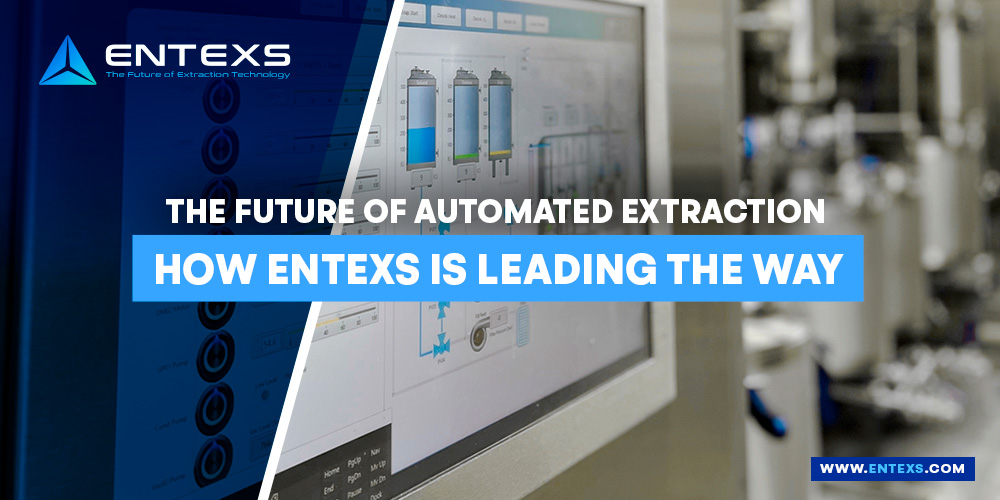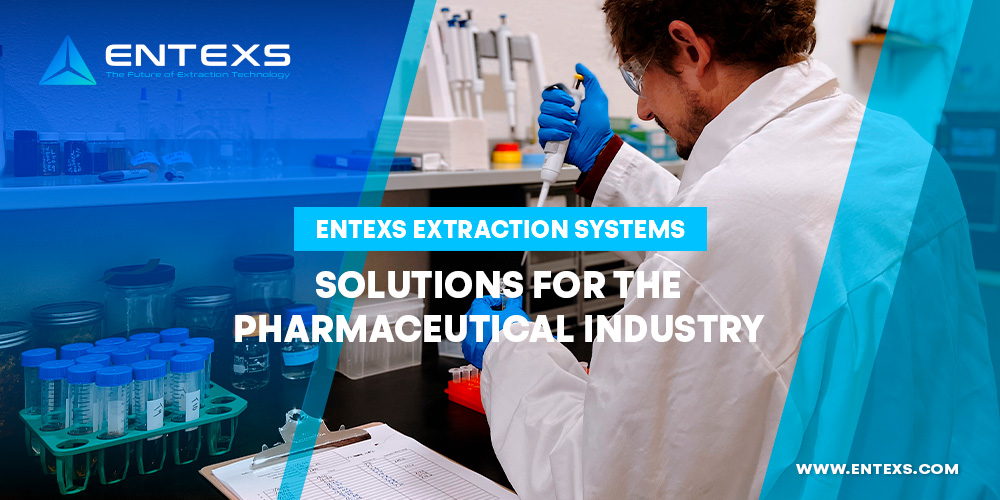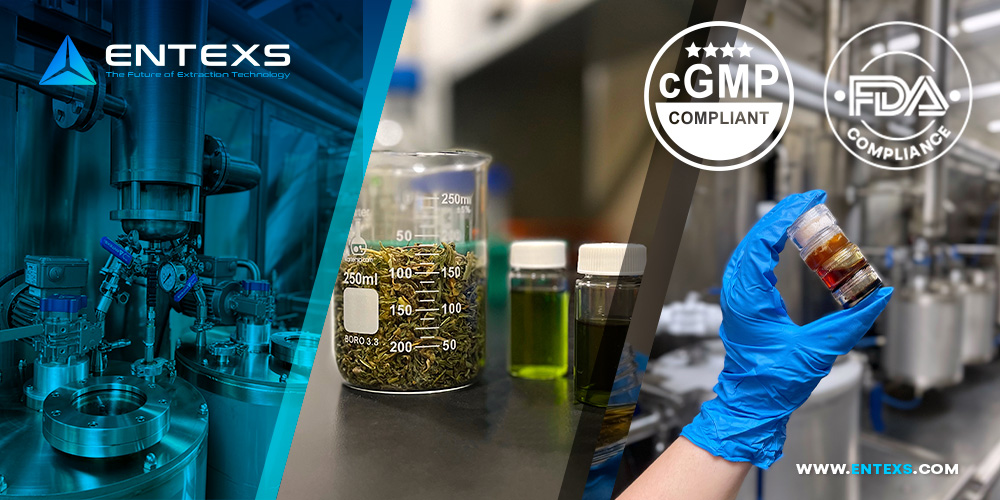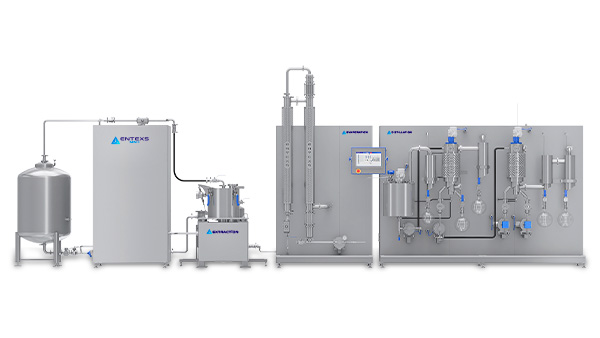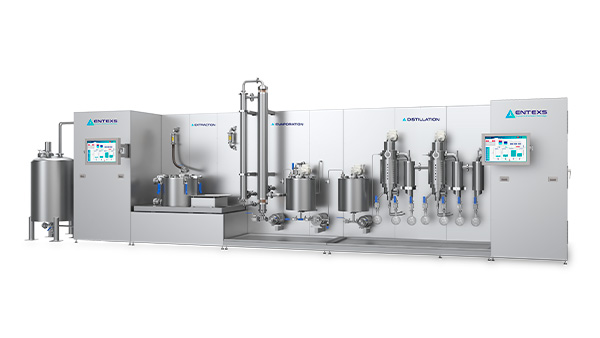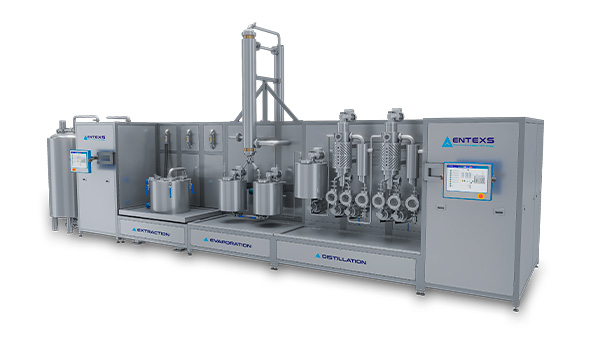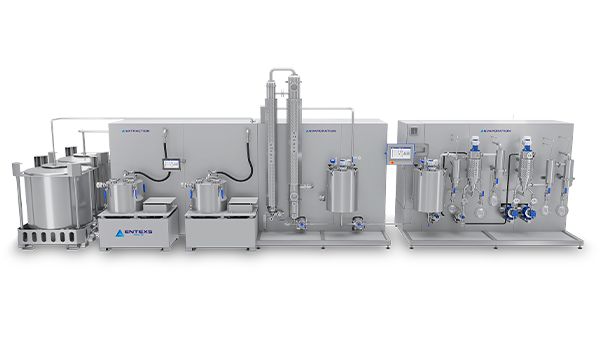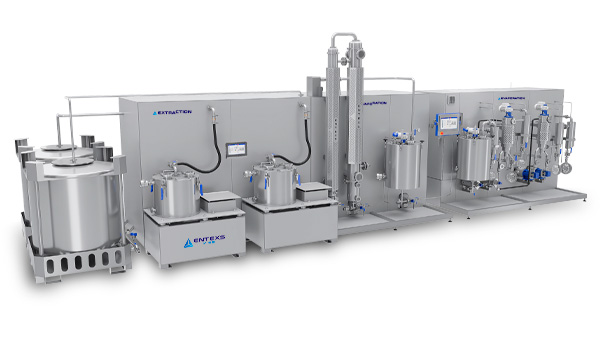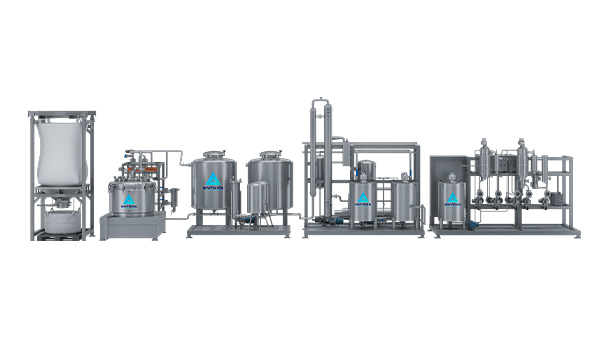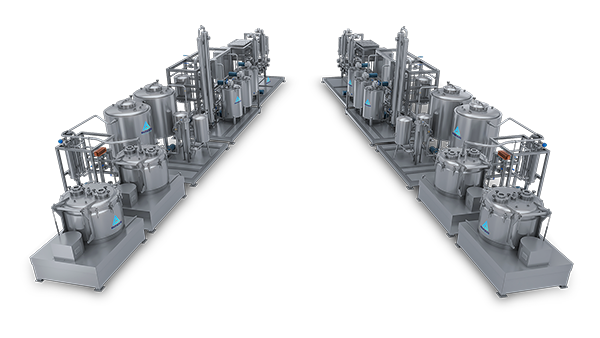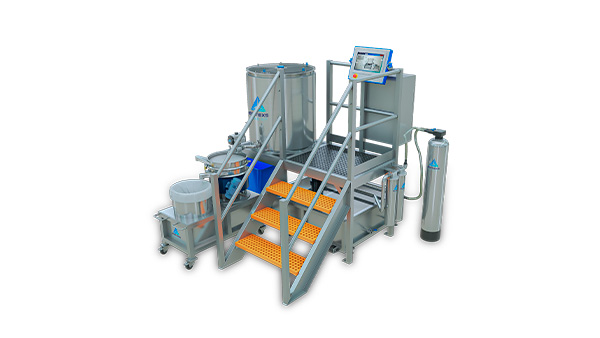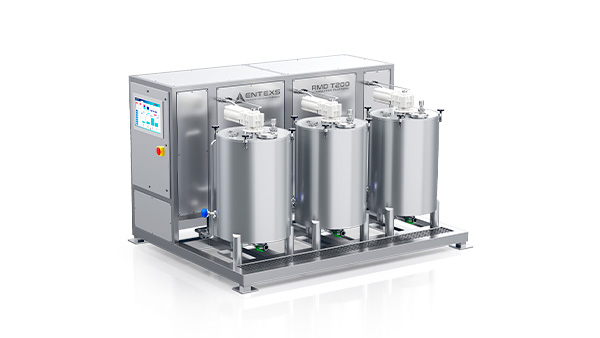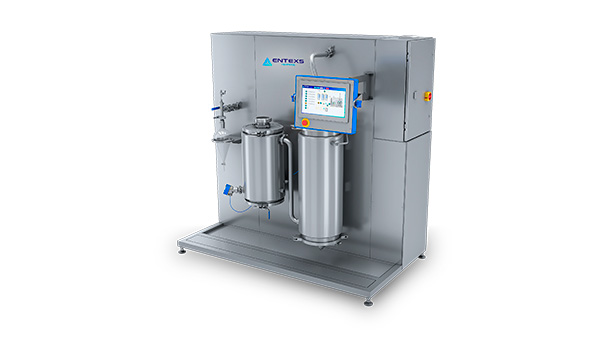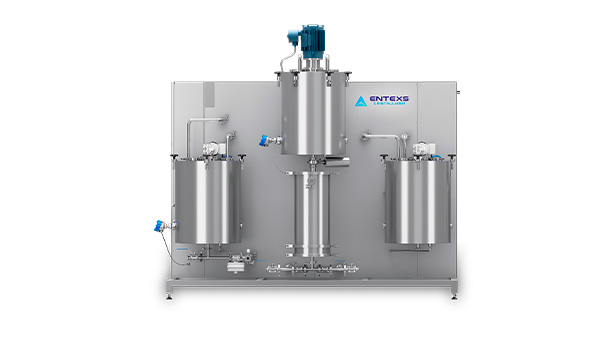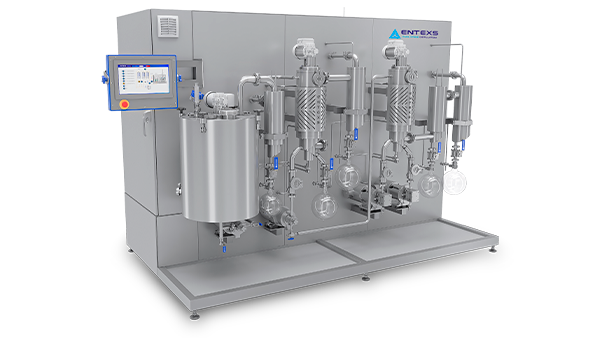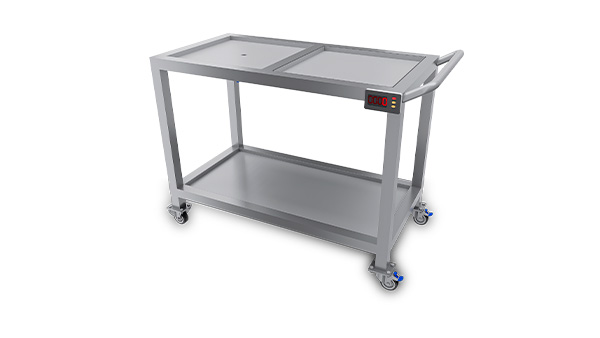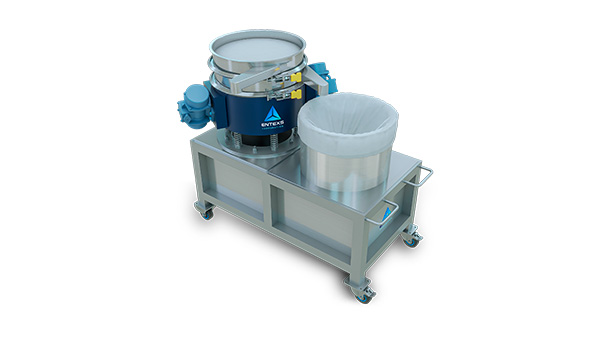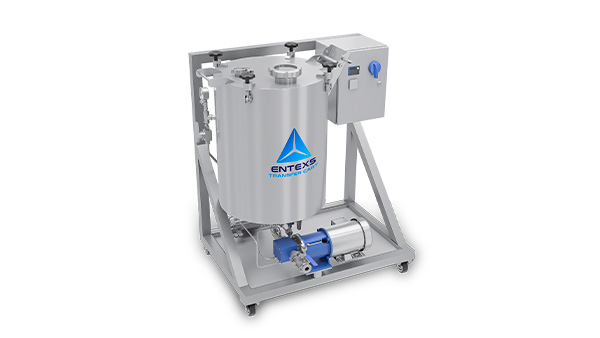C1D1, C1D2, and What You Need to Know About Cannabis Lab Safety
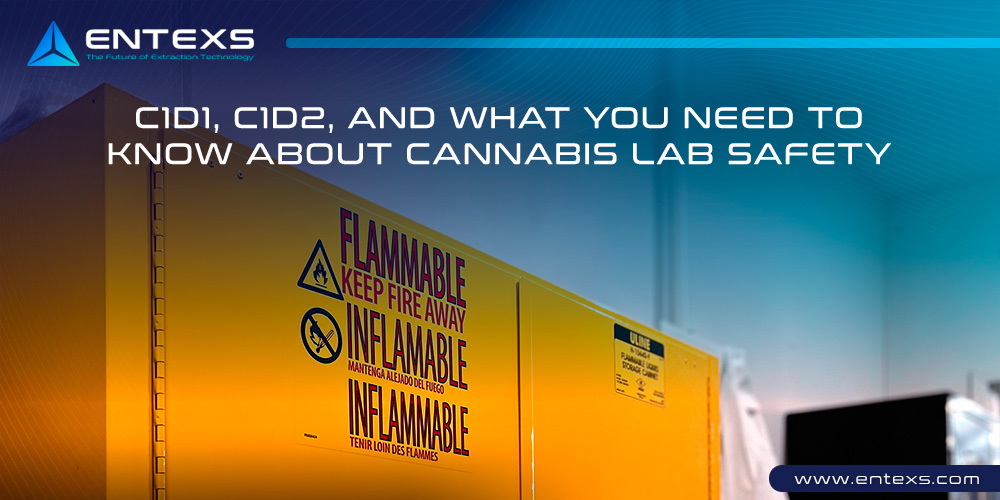
As you’re setting up a cannabis extraction lab, the terms C1D1 and C1D2 will come up. That’s because these two safety classifications are often applied to cannabis extraction operations, and for a good reason. Cannabis extraction can be dangerous. Labs must meet government safety regulations. Most importantly, the employees operating extraction systems and handling hazardous solvents must be protected.
What Do C1D1 and C1D2 Mean?
C1D1 and C1D2 are safety classifications laid out by the Department of Labor’s Occupational Health and Safety Administration, better known as OHSA. These classifications come with their own sets of safety guidelines to help promote worker safety when dealing with flammable chemicals.
According to OSHA, C1D1 stands for class 1 division 1 and is used to describe situations:
In which ignitable concentrations of flammable gases or vapors may exist under normal operating conditions; or
In which ignitable concentrations of such gases or vapors may exist frequently because of repair or maintenance operations or because of leakage; or
In which breakdown or faulty operation of equipment or processes might release ignitable concentrations of flammable gases or vapors, and might also cause simultaneous failure of electric equipment.
Under these circumstances, there’s a significant risk of something igniting the gases and causing an explosion. C1D1 is generally reserved for situations where escaping combustible gases is unavoidable.
Now, OSHA’s definition of C1D2 is slightly different. According to the agency, C1D2 is best for situations:
In which volatile flammable liquids or flammable gases are handled, processed, or used, but in which the hazardous liquids, vapors, or gases will normally be confined within closed containers or closed systems from which they can escape only in the event of accidental rupture or breakdown of such containers or systems, or as a result of abnormal operation of equipment; or
In which ignitable concentrations of gases or vapors are normally prevented by positive mechanical ventilation, and which might become hazardous through failure or abnormal operations of the ventilating equipment; or
That is adjacent to a Class I, Division 1 location, and to which ignitable concentrations of gases or vapors might occasionally be communicated unless such communication is prevented by adequate positive-pressure ventilation from a source of clean air, and effective safeguards against ventilation failure are provided.
C1D2 is slightly less restrictive than C1D1 because it assumes that flammable gases will only ever be present if something goes wrong.
So, both of these designations are used to describe situations in which flammable gases are present. They provide safety guidelines to prevent accidental ignition through human error or electrical sources. C1D1 assumes the most dangerous situation, in which flammable vapors will most likely always be present. C1D2 considers a scenario that still requires caution but doesn’t necessitate as much because the combustible substances will generally be contained unless something goes wrong.
How Are C1D1 and C1D2 Related To Cannabis?
While all of this might sound like it’s intended for companies dealing with gasoline, jet fuel, or toxic waste, it applies directly to the cannabis extraction business. That’s because every solvent-based method of cannabis extraction deals with flammable materials and/or pressurized gasses.
The three most common solvents used in cannabis extraction are hydrocarbons, ethanol, and pressurized carbon dioxide. Hydrocarbons are highly flammable. This is a broad category that contains substances like butane, which is typically used as lighter fluid. Ethanol is another common solvent that is also highly flammable. After all, ethanol is alcohol, and most people are aware of how actively that burns. Finally, CO2 isn’t flammable by itself, but once pressurized, it, like any pressurized gas, does have the ability to cause an explosion. Of course, since cannabis extraction requires pressurized CO2, this one still falls into the same category.
Because cannabis is not regulated at the federal level, it falls on the states to ensure that safety practices are correctly implemented and followed. Different states consider cannabis extraction operations either C1D1 or C1D2 operations, but there may be leeway depending on the state and the nature of the extraction operation.
Closed-Loop Extraction Systems and Safety
Every extraction system is different, and some systems are more open than others. With open extraction systems, there’s much more potential for combustible vapors to escape. In some cases, the escape of vapors from solvents is even expected. These situations fall clearly under C1D1 regulations because it can be reasonably expected that vapors will be present during normal operation.
However, closed-loop extraction systems, like the closed-loop cold ethanol systems produced by ENTEXS, virtually eliminate any and all potential for combustible vapors to escape. Because these systems are completely closed, and no outside human intervention is required from the time the raw biomass is loaded into the system to when the finished product is collected, combustible ethanol vapors should never be present during regular operation. Plus, these systems are much more reliable due to their automation, meaning there is far less opportunity for malfunction, once again leading to decreased risk of any gas escaping. In these situations, C1D2 classification should suffice.
With C1D2 classification comes less oversight, more relaxed codes, and lower operating costs. This is paired with the already lower operating costs and greater efficiency of a fully-automated closed-loop extraction system.
At ENTEXS, our team of in-house engineers designs every system to meet the strictest regulations, including C1D1 and C1D2. Because ENTEXS does everything in-house, we can adapt our systems to meet your space, regulations, and needs. Our teams of trained and skilled professionals will install your system to satisfy even the strictest codes.
Resources: https://www.osha.gov/laws-regs/regulations/standardnumber/1910/1910.399
Contact us for more information
Contact our sales team for more information on custom CBD extraction systems, state-of-the-art THC remediation systems or preview our catalog of systems and modules available through our website.
Related Topics
- Analysis
- Cannabis Industry
- CBC Extraction
- CBD Extraction
- cbd isolate
- CBG Extraction
- cGMP
- Chromatography
- CO2
- Cold Water Extraction
- Ethanol Extraction
- Extraction 101
- Extraction Equipment
- Extraction Machine
- Extraction System
- GMP
- GMP Certification
- Hemp Extraction
- HPLC
- inline remediation
- Remediation
- Remediation Equipment
- Terpene Extraction
- terpenes
- THC
- THC Remediation
- All
- Extraction
- THC Remediation
- All
- Extraction
- THC Remediation
- Email: info @ entexs.com
- Toll Free: (888) 960-3689
- 3720 Trade Way, Cameron Park, CA 95682, USA
- ENTEXS is proud to be made in the USA
- © 2025 ENTEXS Corporation
- Privacy Policy

